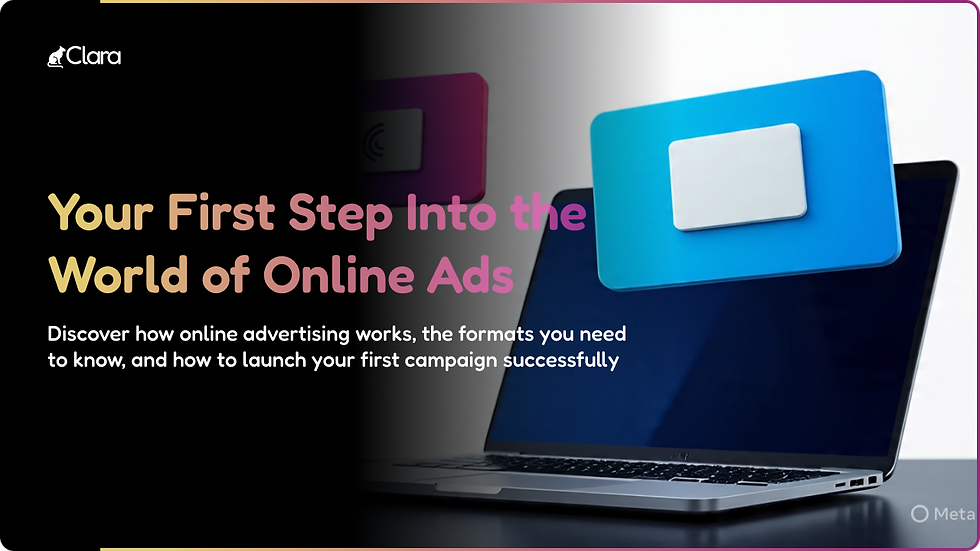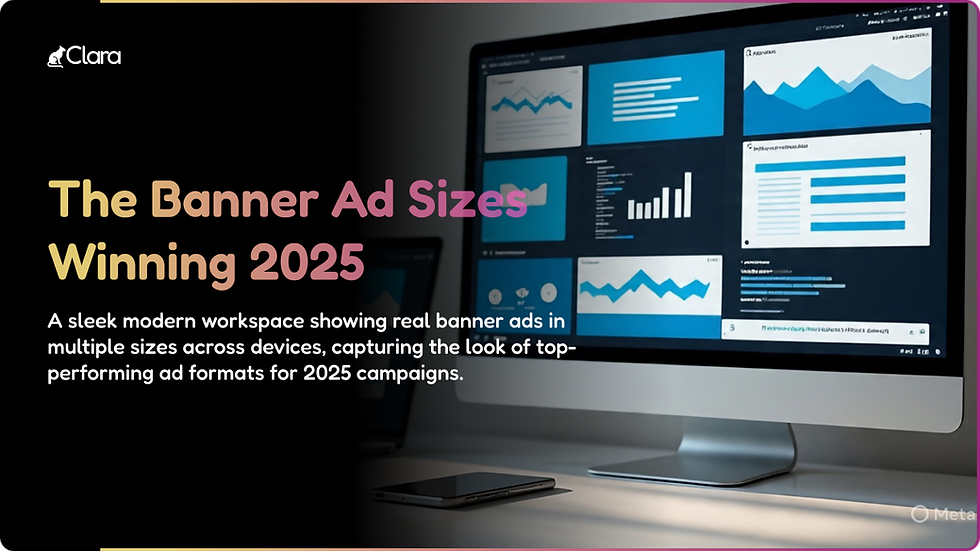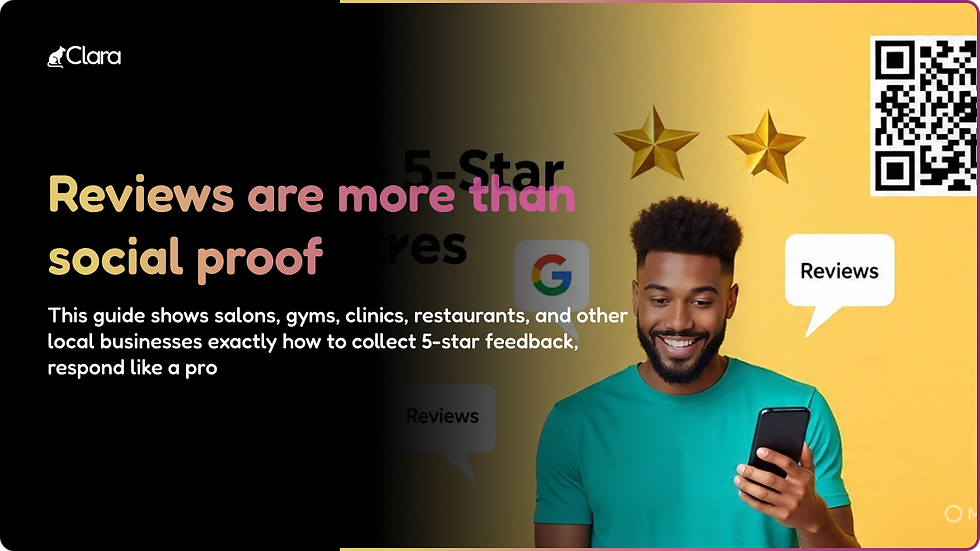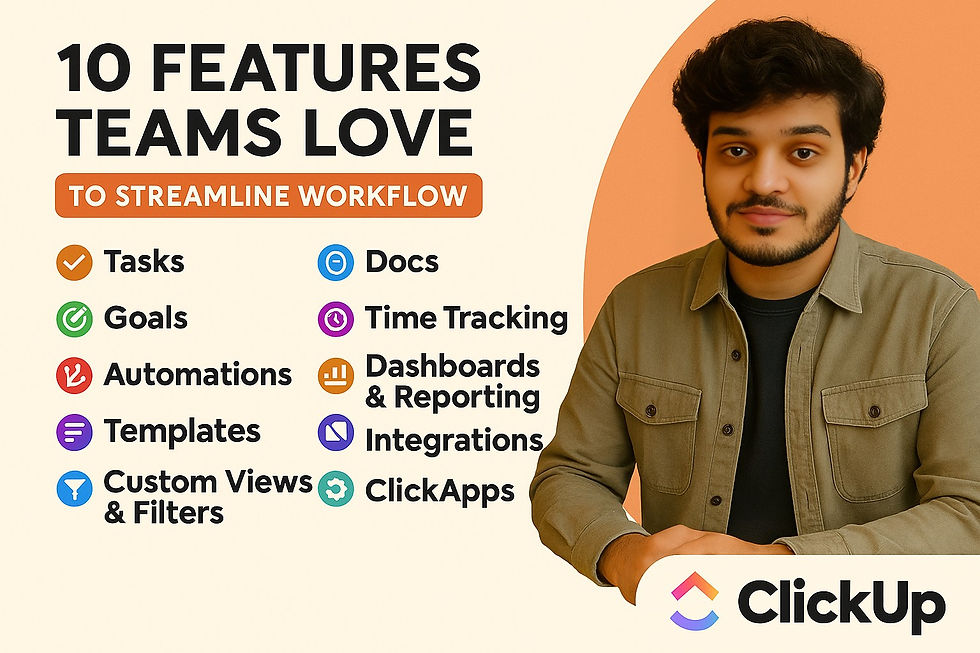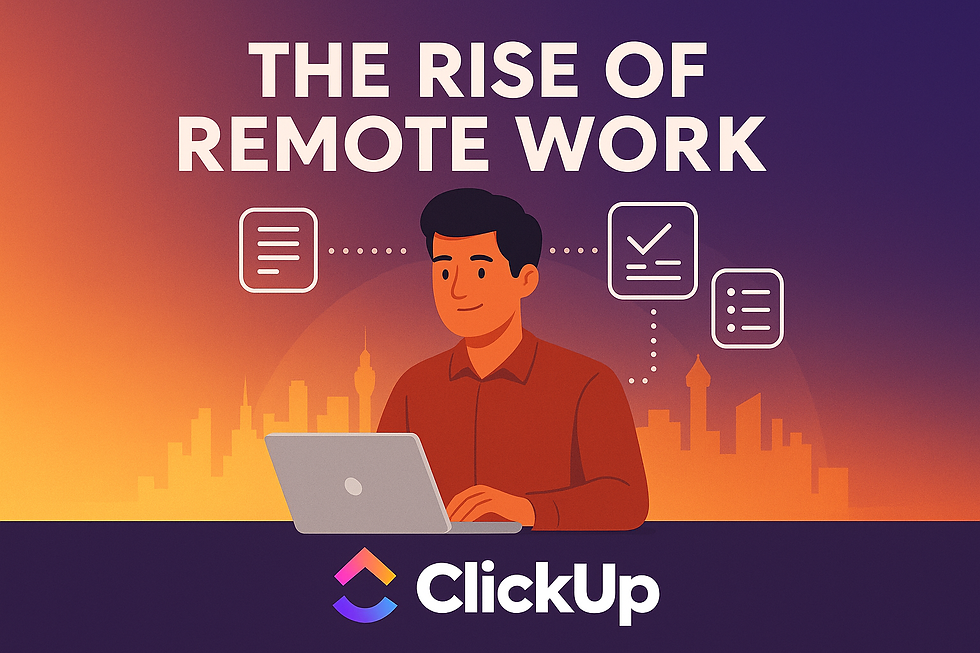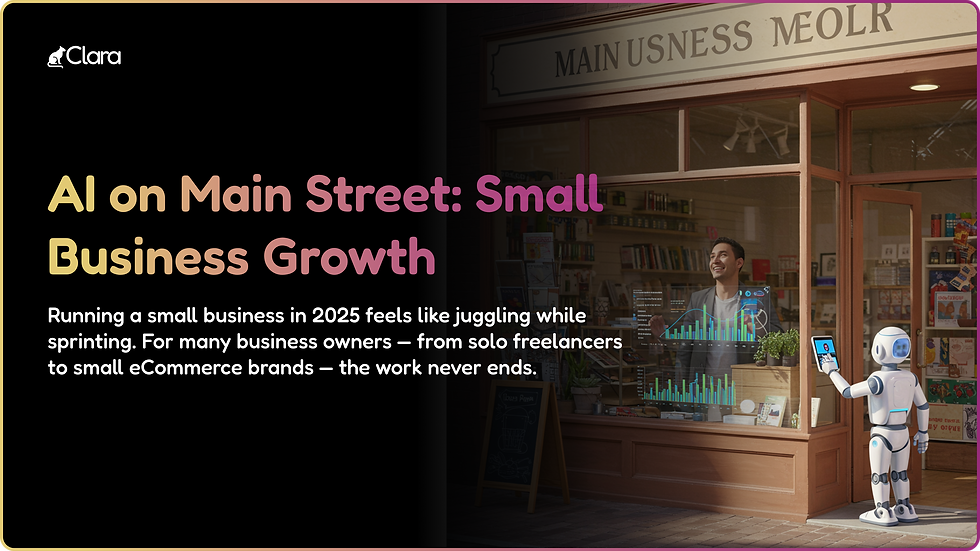- Dravya Bansal
- Oct 14, 2023
- 3 min read
The fashion e-commerce industry in the USA is thriving, with trillions in sales generated worldwide. As a fashion e-commerce store owner, you must stay ahead of the competition and drive sales. Here are 27 essential marketing tips tailored to fashion e-commerce stores in the USA that will help you increase engagement, convert traffic into sales, and boost your bottom line.
Gather first-party data To overcome the loss of customer behavior data due to Google’s elimination of third-party cookies, focus on gathering first-party data. Implement strategies such as gated reports, offering discounts for email addresses, exclusive content, surveys, and quizzes to collect valuable customer data.
Stick to SEO best practices While privacy and data laws evolve, SEO best practices remain crucial. Improve web page loading speed, create useful blog posts, build authoritative backlinks, optimize images, and follow other proven SEO practices to attract and rank higher on search engines.
Sell directly to consumers Direct-to-consumer (D2C) sales are booming in the e-commerce industry. By selling directly on your fashion e-commerce store, you gain more control over consumer engagement and access to customer data. Emulate successful D2C brands like Nike Direct by listing your products on your website, creating relevant content, and partnering with influencers.
Leverage customer reviews Customer reviews are a powerful tool for building trust and influencing purchase decisions. Encourage customers to leave reviews and make them easily visible on your website. Utilize platforms like Google, where over 63% of consumers rely on reviews for e-commerce purchases.
Optimize affiliate marketing campaigns Tap into the effectiveness of affiliate marketing by managing and growing your campaigns. Consider investing in affiliate marketing software to track and maximize your program’s impact. Take into account factors like software interface, real-time tracking reports, and pricing when choosing the right platform.
Provide fast and flexible shipping options Respond to the demand for faster shipping by offering next-day or expedited shipping options. Free shipping or discounted UPS rates can attract more customers. Implement software-assisted delivery and optimize your supply chain for improved efficiency.
Embrace sustainability as a marketing strategy Highlight your fashion e-commerce store’s commitment to sustainability. Offer sustainable shipping options, use recyclable packaging, and communicate your efforts through informative newsletters. According to consumer surveys, eco-friendly packaging materials are preferred by over 80% of UK consumers.
Capitalize on upcycled and vintage trends With increasing consumer interest in sustainable fashion, consider selling upcycled, secondhand, and vintage items. Showcase these unique products to tap into a profitable e-commerce trend.
Harness the power of user-generated content (UGC) Leverage user-generated content on social media to showcase your fashion products and create social proof. Incorporate UGC into your marketing campaigns to build credibility and boost online reviews.
Enable voice commerce shopping Simplify the online shopping experience by offering voice-commerce shopping options. Voice assistants are increasingly popular, and forecasts predict their widespread use. Integrate conversational commerce solutions or leverage voice commerce functionality through platforms like Amazon’s Alexa skill.
Enhance your inbound marketing strategy Focus on inbound marketing strategies to attract traffic and improve online visibility. Utilize short-form video content, influencer marketing, chatbots, AI, and content marketing to secure higher returns on your marketing investments.
Implement conversational AI with chatbots Utilize chatbots to improve customer service, reduce cart abandonment, and drive customer trust and loyalty. Popular chatbot platforms like MobileMonkey, Pandorabots, and Imperson can help you set up conversational AI for your fashion e-commerce store.
Optimize social commerce Social commerce is a rapidly growing sector, with platforms like Snapchat, Instagram, and TikTok offering shoppable content. Utilize native analytics, partner with influencers, and personalize audience interactions to make the most of social commerce opportunities.
Create augmented reality (AR) experiences Enhance your customers’ shopping experience by integrating AR technologies. Allow users to visualize and interact with your fashion products in real time. This provides a unique experience and reduces the risk of misleading sales.
These are just a few of the crucial marketing tips specifically tailored to fashion e-commerce stores in the USA. By implementing them, you can drive sales, improve customer engagement, and stay ahead of the competition in this booming industry.




